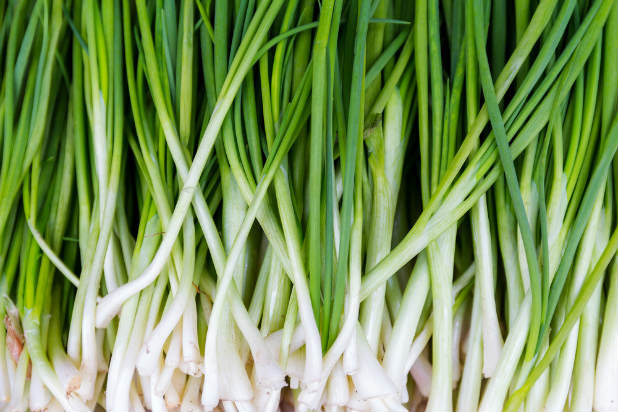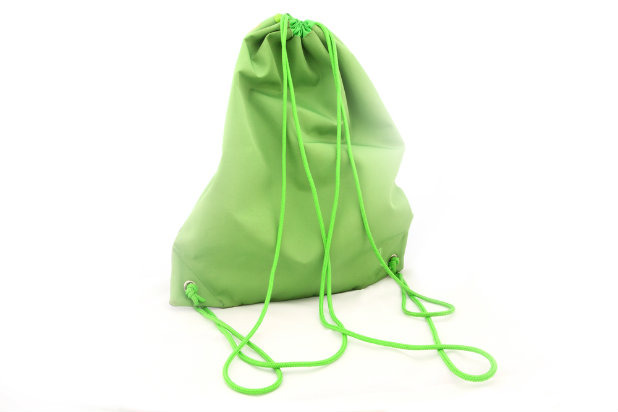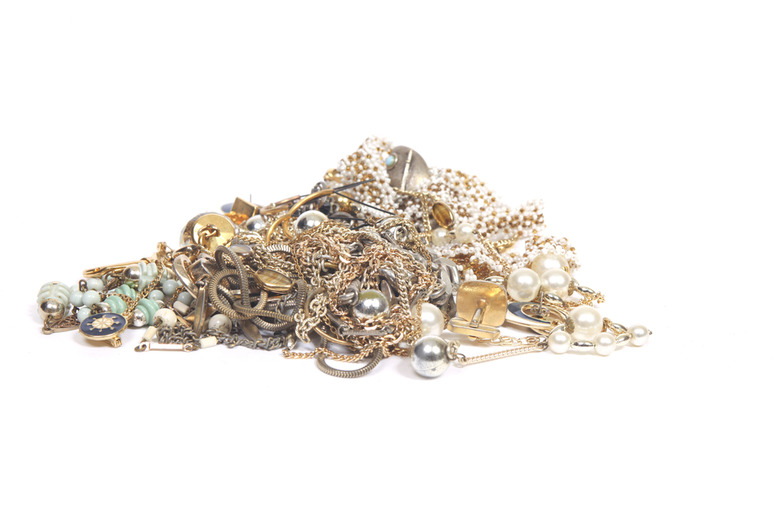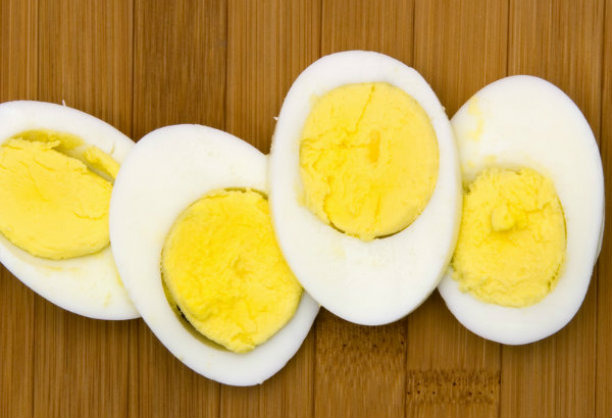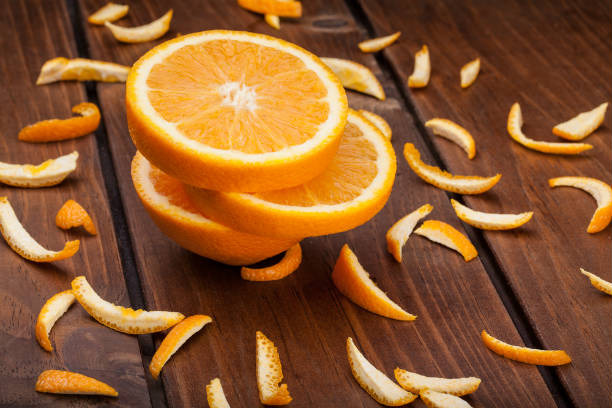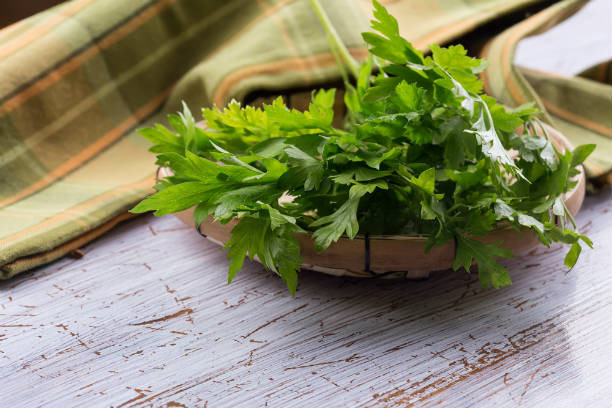7 Passover Traditions Around The World (Slideshow)
Arguably, the best part of the Seder is when we get to eat "charoset" — a sweet, chunky paste made from various fruits (e.g. apples, cinnamon, dates) and nuts. This is meant to resemble the mortar used by the Jews to build while enslaved in Egypt. Each family has their own distinct recipe for charoset. In Gibraltar, however, they add a little extra spice — brick dust!
"It is indeed true, and although much joking and mirth ensues about who gets the bit of brick stuck in their tooth, it is like many things a figurative custom, and a bit of dust from a brick is put into the charoset," says Isaac Hassan. "My mother, who has been making charoset for longer than I can remember has had the same brick for over 30 years, and it is practically the same size."
Another custom is for the person leading the Seder to walk around the table with the Seder plate 3 times when reciting the phrase "we left Egypt in a hurry."
"We will tap it on the head of each person,” explained Isaac Hassan. "The funny bit is how people react to the plate being banged on their head. Kids love it and visitors are amazed."
Persia/Afghanistan
If you've never been to a Persian or Afghani Seder, be prepared for a light beating on the back or shoulder during the song 'Dayenu'. The custom of using scallions to hit each other during the singing is to symbolize the slaves being whipped by their taskmasters in Egypt. If you're a guest at Ian Aronovich's Seder in New York, you may want to be extra alert. "When we sing Dayenu, we run around the room and beat each other violently with green onions!"
Syria
Syrian Jews have a custom of starting the storytelling aspect of the Haggadah by taking the matzah used during the Seder, placing it into a special bag resembling a knapsack, and throwing it over their shoulders. They then proceed to recite a verse in Hebrew about leaving the desert in haste.
"The guests at our table will ask in Arabic, "What are you carrying (matzah), where are you are you coming from (Egypt) and where are you going to (Jerusalem)," Elise Askenazi explained. "That is with the exception of my Kentucky-born and raised mother who always says she is coming from Louisville!"
Hungary
Jews from Hungary like to bring the bling to their Passover meal by decorating their Seder table with gold and silver jewelry. The explanation offered for this custom is that the Israelites were given the precious metals by the Egyptians to hasten their exodus from the land.
Yemen
The Jews from Aden in Yemen, known as the Adeni community, historically have eaten eggs as the main course during Seder night.
"A range of different types of egg would be available including some sort of egg cake consisting of egg and chopped potatoes, fried egg, omelettes, and of course hardboiled egg," said Guy Young who hails from North London's Adeni community. "Nowadays most of the Adenim have a more substantial main meal during Seder night while a few Adeni families still continue the traditions of their ancestors and eat egg!"
It is customary for Jews of all backgrounds to spill 10 drops of wine from their wine cups when the 10 plagues are mentioned. The Adeni community has developed this tradition even further.
"We pour 10 drops of wine to represent the 10 plagues from one glass into another, said Tikki Sagiv, "and then we dispose of that glass in our garden to cast away the plague onto our enemies."
America
Since the early 1980s, it has become customary for some households to place an orange on their Seder plate. Leading Jewish feminist Susannah Heschel introduced this tradition as a way to express the exclusion of women and homosexuals from Judaism.
"Our Seder plate has the traditional egg, roasted shank bone, bitter herbs, and more, but we also always have an orange in the center," said Dana Marlowe, an accessibility consultant from Washington, D.C. "We place an orange on our Seder plate every single year, as a sign of inclusion for all Jewish lesbian women and gay men. By showing this symbol of solidarity with people who have been marginalized within the community, we make a statement towards inclusiveness in modern society."
Turkey
At the conclusion of Passover, it is customary for each person to take a sprig of parsley (sign of Spring) and recite a verse in Arabic.
"With each word of the verse, we cross the parsley in our hands from one shoulder to the other of the person we are facing," said Elise Askenazi. "After we finish the verse, we each give each other a blessing for the year ahead, specific to what's going on in our respective lives. We continue until every person has given every single person a blessing."

